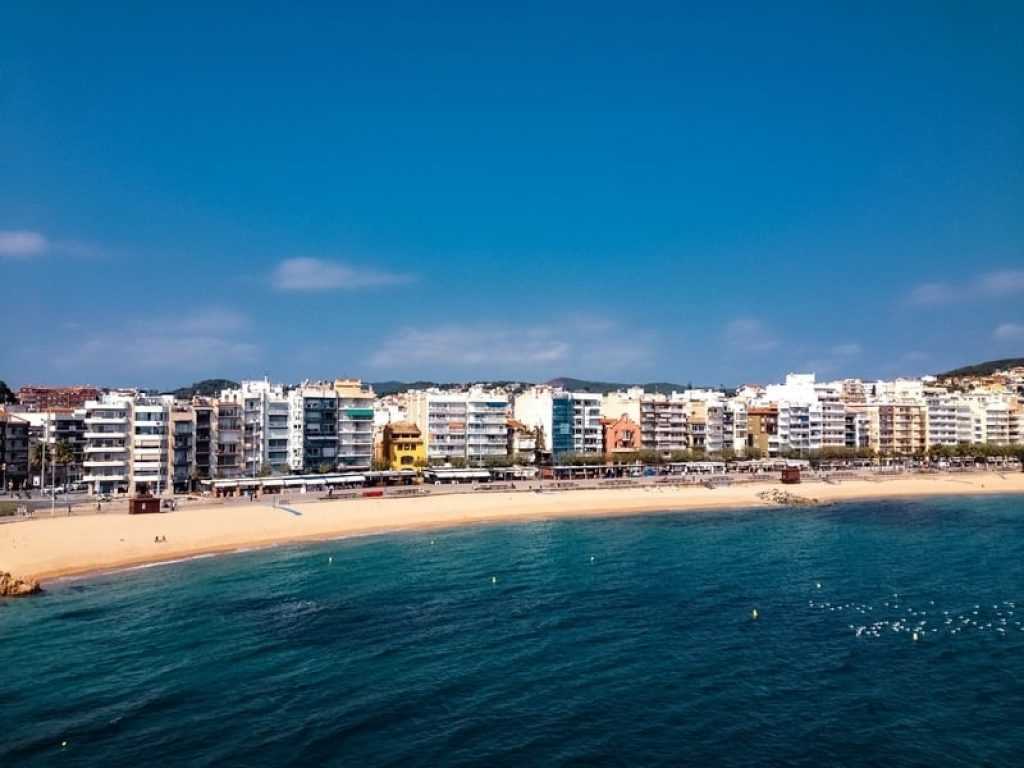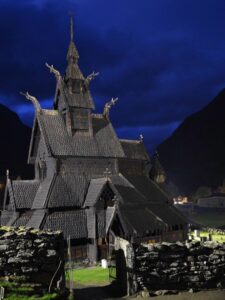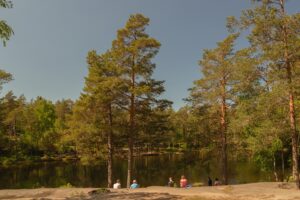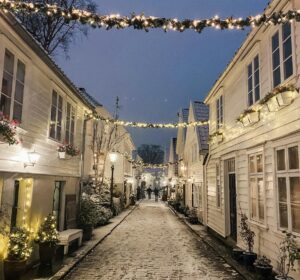Costa Brava: Rugged Coastlines and Secluded Coves
Nestled in the northeastern corner of Spain, the Costa Brava is a stunning stretch of coastline that offers a perfect blend of natural beauty, rich history, and vibrant culture. Known for its rugged cliffs, hidden coves, and charming seaside towns, this region is a paradise for travelers seeking both relaxation and adventure. Whether you’re a history buff, a nature lover, or simply looking to unwind by the sea, Costa Brava has something for everyone.
What to See and Do
Costa Brava is renowned for its breathtaking landscapes and diverse attractions. Start your journey in the picturesque town of Tossa de Mar, where you can explore the medieval Vila Vella, a well-preserved fortress offering panoramic views of the Mediterranean. Wander through its narrow cobblestone streets, lined with quaint shops and cafes, and soak in the old-world charm.
For beach lovers, the region boasts numerous pristine beaches and secluded coves. Platja d’Aro and Lloret de Mar are popular choices for their lively atmosphere and water sports activities. If you prefer a quieter spot, head to Cala Sa Boadella or Cala Pola, where you can relax in the sun and enjoy the crystal-clear waters.
Nature enthusiasts will appreciate the Cap de Creus Natural Park, a rugged peninsula with dramatic cliffs and unique rock formations. Hiking trails offer stunning vistas and the chance to spot local wildlife. Don’t miss the Salvador Dalí House-Museum in Portlligat, where you can delve into the surreal world of the famous artist.
A Bit of History and Interesting Facts
Costa Brava’s history is as rich as its landscapes. The region’s name, which means “Wild Coast,” was coined in the early 20th century to describe its untamed beauty. Historically, it has been a melting pot of cultures, from the ancient Iberians to the Romans and Moors. This diverse heritage is reflected in the architecture, cuisine, and traditions of the area.
One of the most fascinating historical sites is the ruins of Empúries, an ancient Greek and Roman city. Here, you can walk among the remnants of temples, mosaics, and an amphitheater, gaining insight into the lives of those who once inhabited this coastal settlement.
An interesting fact about Costa Brava is its connection to the surrealist artist Salvador Dalí. The region was a significant source of inspiration for Dalí, and his presence is still felt today. In addition to his house in Portlligat, the Dalí Theatre-Museum in Figueres is a must-visit for art enthusiasts.
Getting There and Tips for First-Time Visitors
Reaching Costa Brava is relatively easy, with several transportation options available. The nearest major airport is Girona-Costa Brava Airport, which is well-connected to various European cities. From the airport, you can rent a car or take a bus to explore the region at your own pace. Alternatively, Barcelona-El Prat Airport is about a two-hour drive away.
For those visiting Costa Brava for the first time, it’s helpful to know that the region is best explored by car, allowing you to access its hidden gems and scenic routes. Public transportation is available, but having your own vehicle provides more flexibility.
When planning your visit, consider the time of year. Summer is the peak tourist season, with bustling beaches and vibrant nightlife. If you prefer a quieter experience, spring and early autumn offer pleasant weather and fewer crowds.
Lastly, don’t forget to indulge in the local cuisine. Costa Brava is known for its fresh seafood, traditional Catalan dishes, and world-class wines. Be sure to try “suquet de peix,” a delicious fish stew, and sample some “crema catalana” for dessert.
Costa Brava is a destination that captivates with its natural beauty, rich history, and cultural vibrancy. Whether you’re exploring ancient ruins, lounging on a secluded beach, or savoring local delicacies, this enchanting region promises an unforgettable experience.








